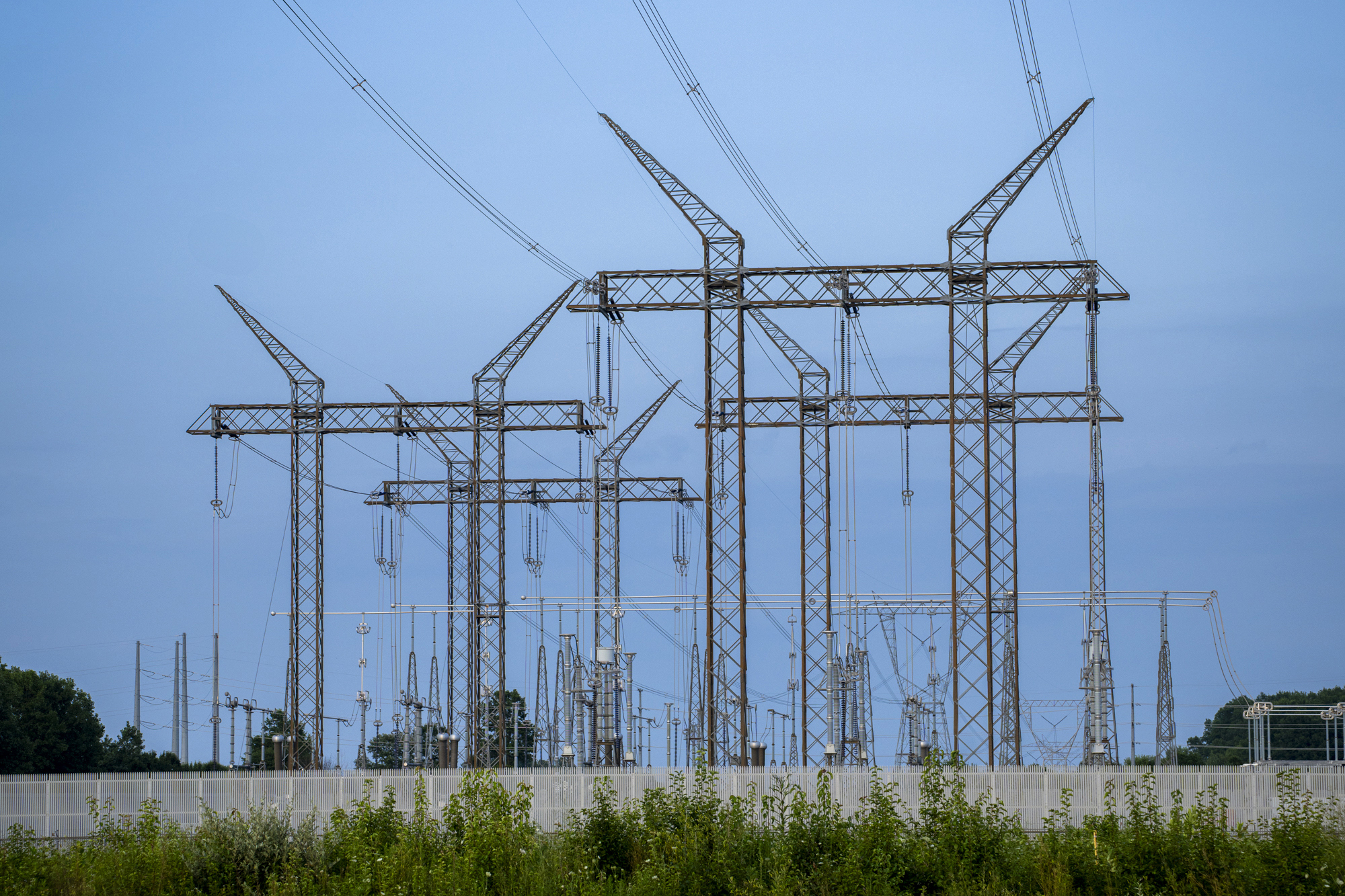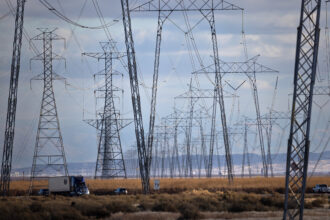A proposed rule from the Department of Energy would expand federal control over how large electricity users connect to the grid, with the goal of accelerating the construction of data centers and the power plants that serve them.
The rule, announced Thursday night by Energy Secretary Chris Wright, asserts the federal government’s authority over matters now controlled by states and utilities. In doing so, utilities would lose some of their ability to manage the pace of development and profit from that development.
“To usher in a new era of American prosperity, we must ensure all Americans and domestic industries have access to affordable, reliable, and secure electricity,” Wright said in a letter announcing the proposal. “To do this, large loads, including AI data centers, served by public utilities must be able to connect to the transmission system in a timely, orderly, and non-discriminatory manner.”
Wright is directing the Federal Energy Regulatory Commission to initiate a rulemaking process and finalize the rule by April 30.
Faster deployment of data centers is almost certainly bad for the climate. The growth of these massive computing facilities is driving a rapid increase in electricity demand, which, when combined with the Trump administration’s promotion of fossil fuels, casts doubt on the prospects of reducing greenhouse gas emissions from the power sector.
But there is also broad acknowledgement that the current system for connecting new projects to the grid has deep flaws, with long delays and economic harm.
From a business perspective, utility companies would be the big losers.
“The rule would deny utilities billions in easy money,” said Ari Peskoe, director of the Electricity Law Initiative at the Harvard Law School Environmental and Energy Law Program, in an email. “Data centers are a generational opportunity for utilities, in part because new data centers require transmission upgrades.”
The rule would undermine this by allowing developers to finance their own upgrades, reducing utilities’ ability to pursue projects that would boost their profits, he said.
It would not be surprising if utilities fight the rule at FERC and then in the courts. But the Edison Electric Institute, a trade group for utilities, is revealing little about its plan for dealing with the proposed rule.
“We share the administration’s commitment to American energy dominance and appreciate their leadership to accelerate energy to win the AI race and fuel our economy,” said Drew Maloney, the institute’s president and CEO, in a statement. “We look forward to working with FERC to strengthen the grid, drive down costs for customers, and improve reliability across our country.”
Wright’s letter argues that the rule is a narrow expansion of federal authority. He then lists 14 principles that describe how this authority would work.
The rule would apply to projects with electricity demand of at least 20 megawatts, which is roughly equivalent to the demand of a town of 10,000 to 20,000 people. It focuses on so-called hybrid projects, which are large power users built alongside power plants. The letter doesn’t specify whether certain power plant technologies would receive favorable treatment.
The proposal aims to streamline the planning process for large power users to gain approval for grid connections. Instead of potentially lengthy waits, which could last a year or more, Wright is asking FERC to consider a shortened 60-day timeline. But he specifies that this accelerated timetable would apply only to projects that are “curtailable,” which means they are capable of adjusting their power demand as needed.
As energy policy experts review the rule, a recurring theme is that it could mark a major shift in the federal government’s approach to managing the grid, but the full implications are not yet clear.
The rule “inserts FERC in a pretty central way into an issue that the regions are really struggling with,” said Jeff Dennis, executive director of the Electricity Customer Alliance, a coalition that includes data center developers and other large businesses on issues related to the grid and electricity prices. “I think it’s a big deal because it’s federal leadership to try to set some rules of the road here that we haven’t had in a focused way to date.”
Dennis worked at the Department of Energy during the Biden administration and at FERC during the George W. Bush and Obama administrations.
He said it would be premature to predict how this rule would affect carbon emissions. In some ways, it could help slow the growth of emissions, he said, because it gives large power users greater ability to build their own power plants, and many of the companies building data centers have commitments to use zero-emission energy sources. But his larger point is that the rule’s direct impact on U.S. climate policy is limited.
Mike Haugh, a policy director at Advanced Energy United, a trade group for clean energy companies, said he sees potential for this rule to help expedite grid connections for renewable energy and energy conservation systems.
“Realistically, they aren’t asking for anything all that crazy,” he said.
Others are more pessimistic about the implications.
“Pushing FERC to rubber-stamp connections in just 60 days while the government’s shut down and Trump builds a $300 million White House ballroom shows how out of touch his administration is from everyday Americans,” said Camden Weber, climate and energy policy specialist at the Center for Biological Diversity, in a statement. “As families struggle with skyrocketing utility bills and exorbitant grocery costs, Trump wants to serve Big Tech a feast and expects the rest of us to eat AI slop.”
About This Story
Perhaps you noticed: This story, like all the news we publish, is free to read. That’s because Inside Climate News is a 501c3 nonprofit organization. We do not charge a subscription fee, lock our news behind a paywall, or clutter our website with ads. We make our news on climate and the environment freely available to you and anyone who wants it.
That’s not all. We also share our news for free with scores of other media organizations around the country. Many of them can’t afford to do environmental journalism of their own. We’ve built bureaus from coast to coast to report local stories, collaborate with local newsrooms and co-publish articles so that this vital work is shared as widely as possible.
Two of us launched ICN in 2007. Six years later we earned a Pulitzer Prize for National Reporting, and now we run the oldest and largest dedicated climate newsroom in the nation. We tell the story in all its complexity. We hold polluters accountable. We expose environmental injustice. We debunk misinformation. We scrutinize solutions and inspire action.
Donations from readers like you fund every aspect of what we do. If you don’t already, will you support our ongoing work, our reporting on the biggest crisis facing our planet, and help us reach even more readers in more places?
Please take a moment to make a tax-deductible donation. Every one of them makes a difference.
Thank you,













